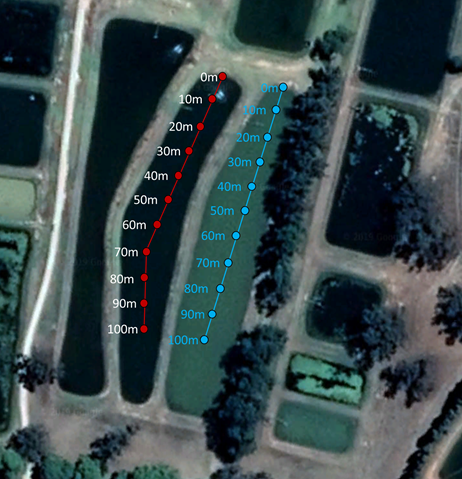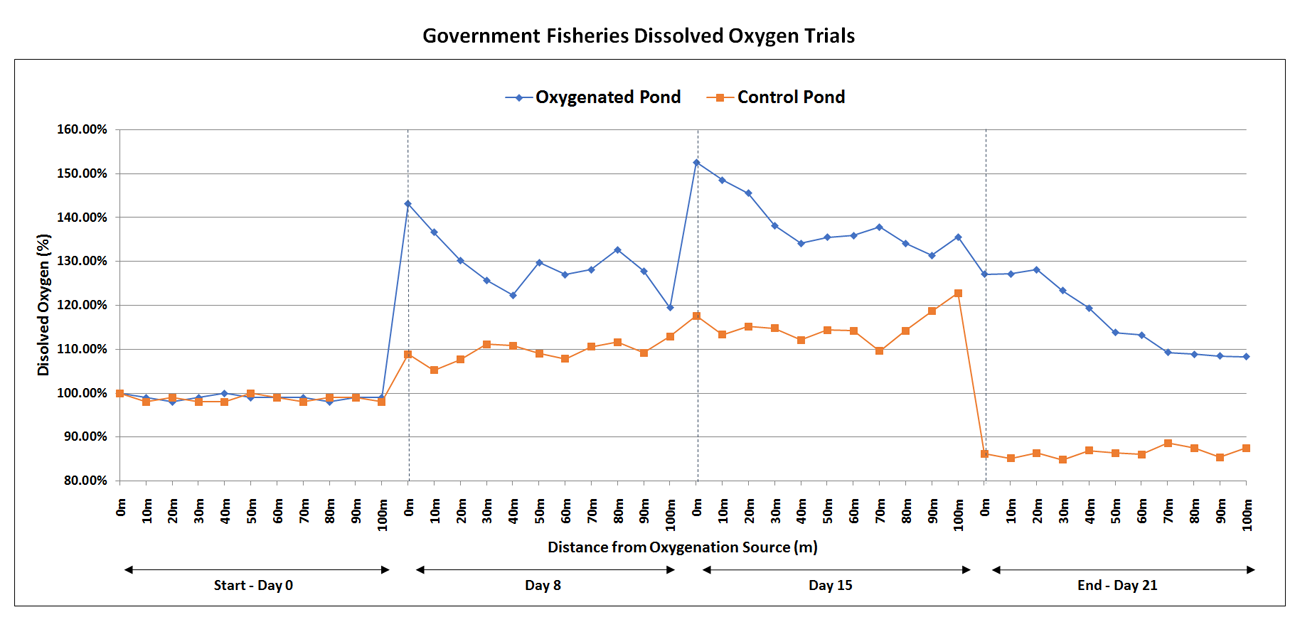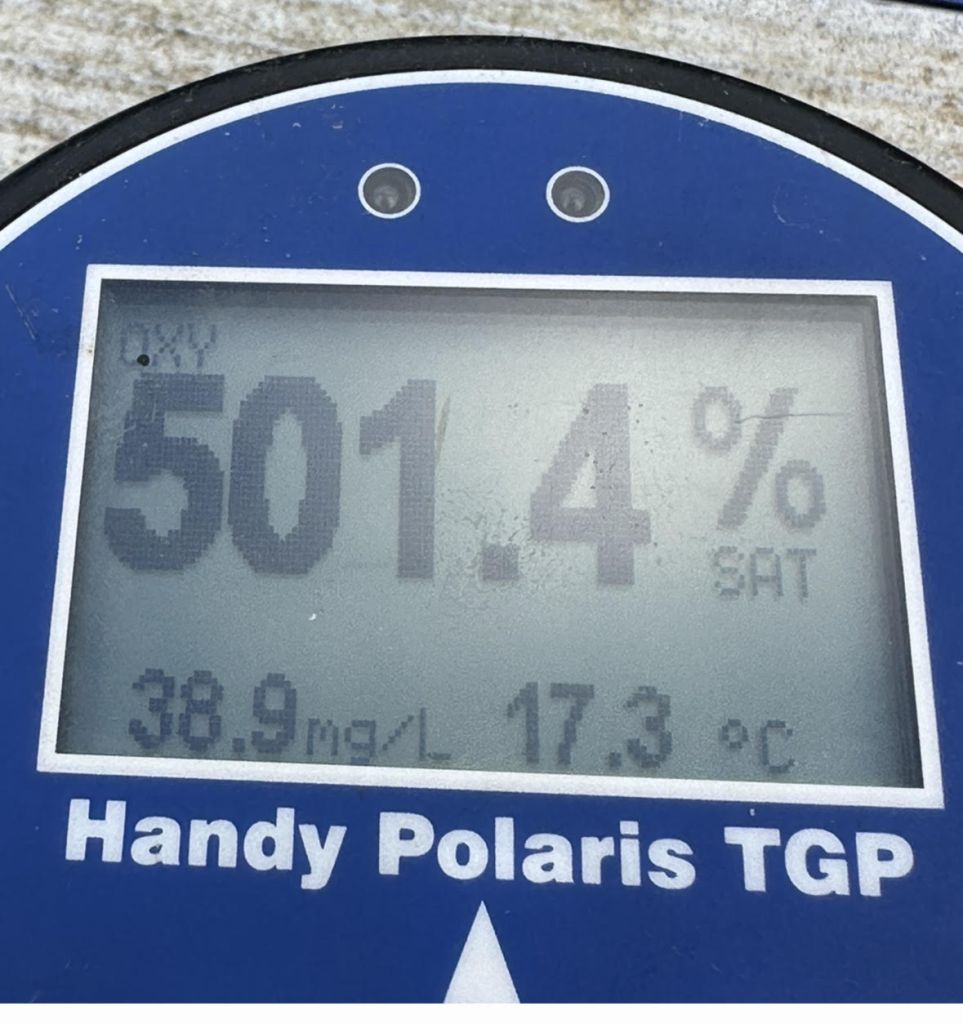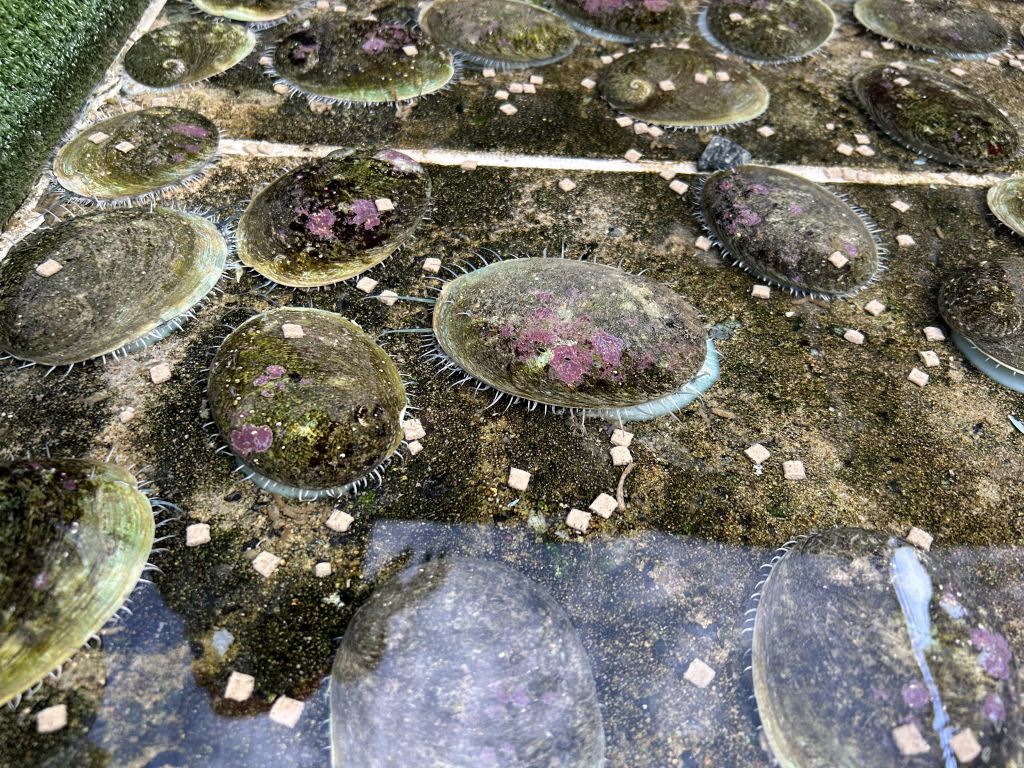INNOVATIVE SOLUTIONS FOR BOOSTING FISH FARMING PRODUCTIVITY
Key benefits
- Rapid elevation and maintenance of desired dissolved oxygen levels in fish farms.
- No chemicals agents.
- Eliminates many infectious diseases in fish.
- Reduces harmful algae in fish ponds.
- 100% natural.
- Minimal to no increase in total gas pressure.
Introduction
Dissolved oxygen technologies provides a natural solution to the fish and shrimp farmers by increasing oxygen levels in the pen areas, drastically reducing the presence of harmful bacteria (E-coli and others) and viruses as well as other parasites by the oxidizing power of Ultrafine Bubbles.
The results are increased yields while reducing the need to heavily maintain, change or abandon pens and ponds. This represents an increase in productivity as well as cost advantage for the fish farmer.
Effects on Stocking Density
Metabolic rates of fish can be severely affected by the concentration of oxygen in the water of a fish farm. Low DO levels lead to decreased respiration and feeding activity that slow fish growth rates. An oxygen saturation level of 85% and above is ideal for fish farming.
Effects on Disease Prevention
Low dissolved oxygen levels in the water of a fish farm can lead to disease and fungal infections. A lack of dissolved oxygen can lead to a build-up of fish waste on the sea floor, creating conditions ideal for bacteria and fungus to thrive. Farmers have traditionally turned to vaccination, antibiotics, or additive chemicals to deal with these issues. However, these methods are costly and cause stress to the fish, making them less healthy.
Effect on Oxygen Transfer
Fish farmers need large amounts of oxygen to maintain a healthy fish population. Failure to add sufficient oxygen to the water can lead to poor growing conditions. Traditional aeration methods are rather inefficient, leading to high costs to achieve desired dissolved oxygen levels.
Typical Results
- Up to 80% reduction of mortality rates
- Higher production of fish (e.g. Tilapia, Salmon, Barramundi, Prawns etc)
- Up to 30% increase in growth and weight of sea life
- Significant operational costs savings
Government Fisheries Dissolved Oxygen Trials
The Custom Fluids system produces trillions of neutrally buoyant, negatively charged Ultrafine Bubbles (nano-bubbles) that are 100nm or smaller in diameter.
These properties the bubbles stay suspended in water for long periods of time, efficiently mixing throughout the entire body of water and transferring oxygen at least 85% efficiency.
As the bubbles burst over time, Oxygen is made available and transferred to the water. The bubbles transfer oxygen at any depth and survive in solution for weeks, even in warm temperatures.
The system is an energy efficient, chemical free and environmentally friendly solution to raise Dissolved Oxygen levels in water bodies.
 The trial
The trial
Custom Fluids recently carried out a Water Oxygenation trial at a Government Fisheries in Australia.
The trial involved 2 ponds, both approximately 100m x 15m x 1.6m equating to approximately 2.4 Mega-litres. The first pond (right pond in image) was the Oxygenated trial whilst the other (left pond in image) was a control pond with a conventional and commonly used aeration system that mixes air (not Oxygen) and water.
The Custom Fluids system was installed in the open near the trial pond and required only two 240 Volts sources to operate. The system worked with a fixed flow rate of approximately 350 litres per minute drawing water from the trial pond itself.
The results below show Dissolved Oxygen levels over the 21 days the trial was carried out. The data points are plotted in four sections covering the days the dissolved Oxygen were measured. Each section has 10 data points representing each 10 metres distance from the source of Oxygenation.

Key Facts and Benefits
Client: Government Fisheries
Pond Dimension: Approx. 100m x 15m x 1.6m
Pond Volume: Approx. 2.4 Mega-litres
Application: Raise Dissolved Oxygen Levels
System Flowrate: 350 LPM
Key Benefits:
- Peak Dissolved Oxygen level in the trial pond reached 153% at day 15 whilst the control achieved 118% in the same time.
- Within 46 hours, Dissolved Oxygen levels exceeded the control pond by 20%
- Maximum Dissolved Oxygen levels reached 45% reached 10m from source
- Peak Dissolved Oxygen levels across the entire pond 30% above the control pond
- Total Gas Pressure (TGP) remained consistent with the control pond throughout the trial and remained well within US EPA levels.
- At the furthest distance (100m) from the Oxygenation source, 22% above the control pond was achieved.
- After both systems were powered down, the trial pond remained 30% above (average) the control pond
Client remark: “The impact of the aerator across the entire pond is very evident….. The minimum readings of the aerated ponds in most cases exceed the maximum readings in the control pond.”



